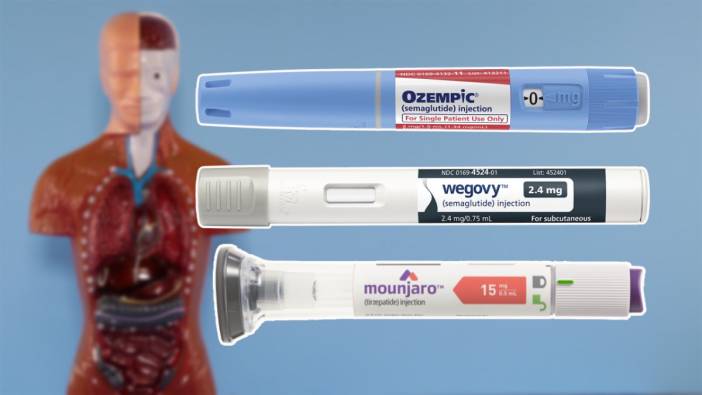How a Scientific “Fishing Trip” Hooked One of Medicine’s Biggest Breakthroughs

What do fishing trips and blockbuster drugs have in common? In the case of GLP-1, the answer is: everything.
Today, GLP-1-based therapies like Ozempic and Wegovy are reshaping the treatment of obesity and type 2 diabetes. But the origin story of this game-changing drug class didn’t begin in a hospital or a pharma lab. It began with a scientific long shot — an academic “fishing expedition” into the gut.
Back in the 1980s, researchers weren’t looking to treat obesity. They were simply investigating how hormones regulate digestion. They stumbled upon a molecule secreted in the intestine after eating—Glucagon-Like Peptide-1 (GLP-1). It slowed gastric emptying, curbed appetite, and stimulated insulin release. Intriguing? Yes. Immediately useful? Not exactly.
But over time, the pieces fell into place. Scientists discovered that enhancing GLP-1 activity helped regulate blood sugar and body weight with remarkable precision. Decades later, pharmaceutical companies transformed this obscure peptide into a therapeutic juggernaut — now used by millions worldwide.
The lesson? Fundamental, curiosity-driven research can lay the groundwork for medical revolutions. No one set out to find a weight loss drug. But by following their scientific instincts, researchers uncovered one of the most powerful levers for treating chronic disease.
This isn’t just a story about GLP-1. It’s a powerful case for investing in basic research, the kind that doesn’t always promise a product or payoff — but often ends up changing the world.
So the next time someone questions the value of “blue-sky” science, remind them: one of the biggest medical breakthroughs of the 21st century started with nothing more than curiosity and a question. And it just might extend — and improve — millions of lives.